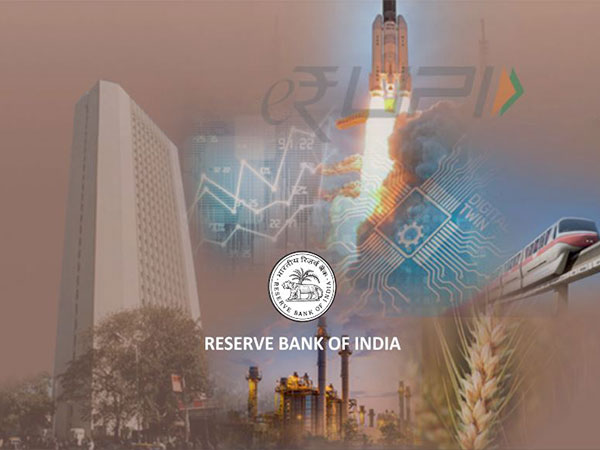The Reserve Bank of India (RBI) has recently released its annual report, showcasing a positive outlook for the Indian economy. With a focus on strengthening macroeconomic fundamentals and financial stability, India has emerged as the fastest growing major economy in the world. The government’s emphasis on capital expenditure and fiscal consolidation, coupled with consumer and business optimism, is expected to drive investment and consumption demand in the coming years.
In its report, RBI highlighted the government’s plans to increase capital expenditure to Rs 11 trillion for 2024-25, representing around 3.4 percent of GDP. This significant increase in spending demonstrates a commitment to supporting economic growth and development across various sectors. The prospects for agriculture and rural activity are favorable, thanks to the expected above normal southwest monsoon and a decline in the El Nino climate pattern.
The extension of the Pradhan Mantri Garib Kalyan Anna Yojana (PMGKAY) scheme for five more years starting from January 1, 2024, will contribute to national food security. The construction sector is also expected to experience sustained growth, driven by demand in both residential and non-residential real estate segments. Additionally, emerging sectors such as renewable energy and semiconductors are poised to expand rapidly, bolstered by recent initiatives and investments under the production-linked incentive (PLI) scheme.
RBI projects real GDP growth of 7.0 percent for 2024-25, taking into consideration various factors such as the easing of supply chain pressures, core inflation softening, and an expected above normal southwest monsoon. However, the report also highlights uncertainties related to food inflation and overall inflation due to climate shocks and global factors like crude oil prices, geopolitical tensions, and financial market volatility. To support disinflation, the Monetary Policy Committee (MPC) maintained the policy repo rate at 6.50 percent in its April 2024 meeting.
India’s merchandise exports are expected to benefit from a rebound in global trade, but there are risks from ongoing geopolitical conflicts. The current account deficit is anticipated to remain manageable in 2024-25, supported by a strong services trade balance, inward remittances, and stable capital flows. The inclusion of India’s sovereign bonds in major global bond indices is expected to attract foreign portfolio investment (FPI) flows, while bilateral and multilateral trade agreements can enhance participation in global value chains and boost exports and FDI inflows.
Overall, the RBI’s annual report paints a positive picture of the Indian economy, highlighting its resilience, growth potential, and commitment to enhancing macroeconomic stability. With strategic investments, policy measures, and emphasis on key sectors, India is well-positioned to capitalize on emerging opportunities and navigate through challenges to sustain its growth momentum in the years to come.










